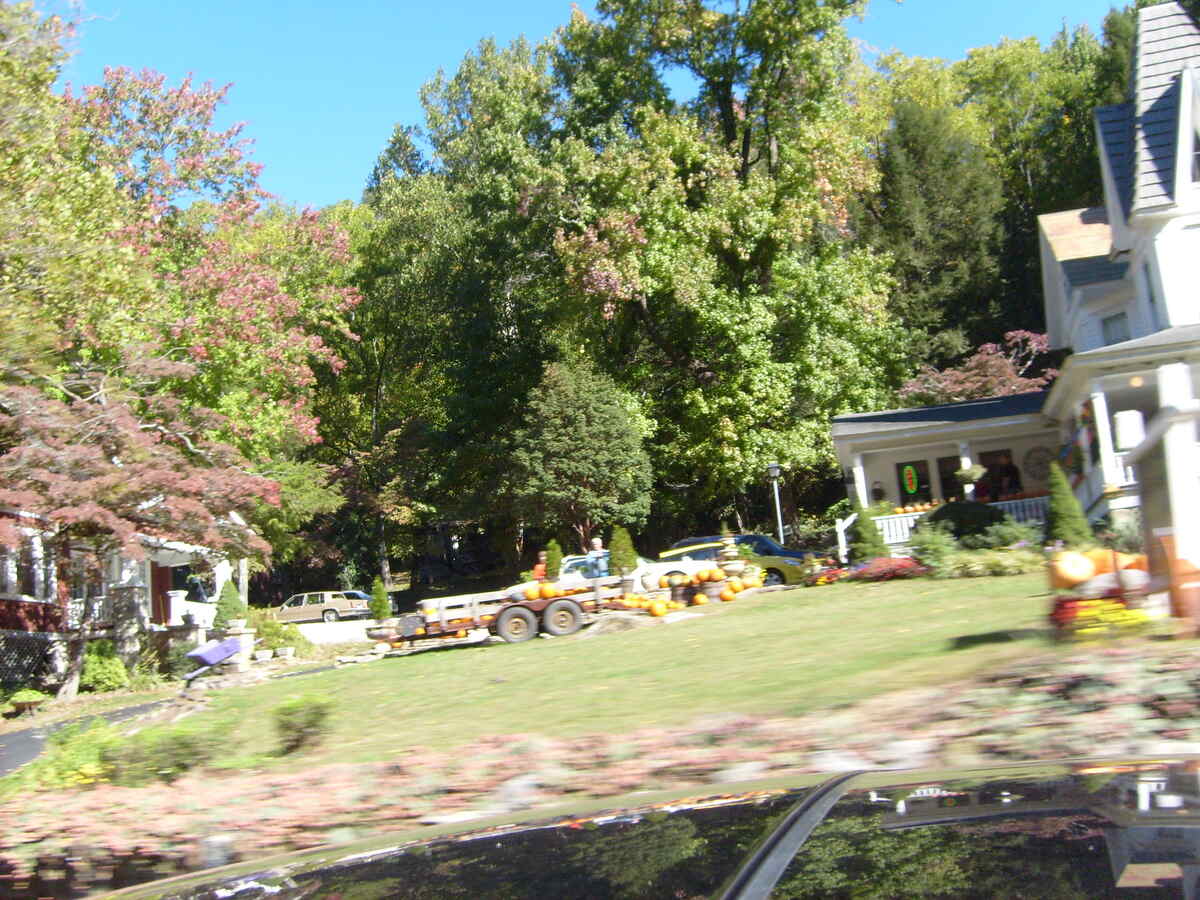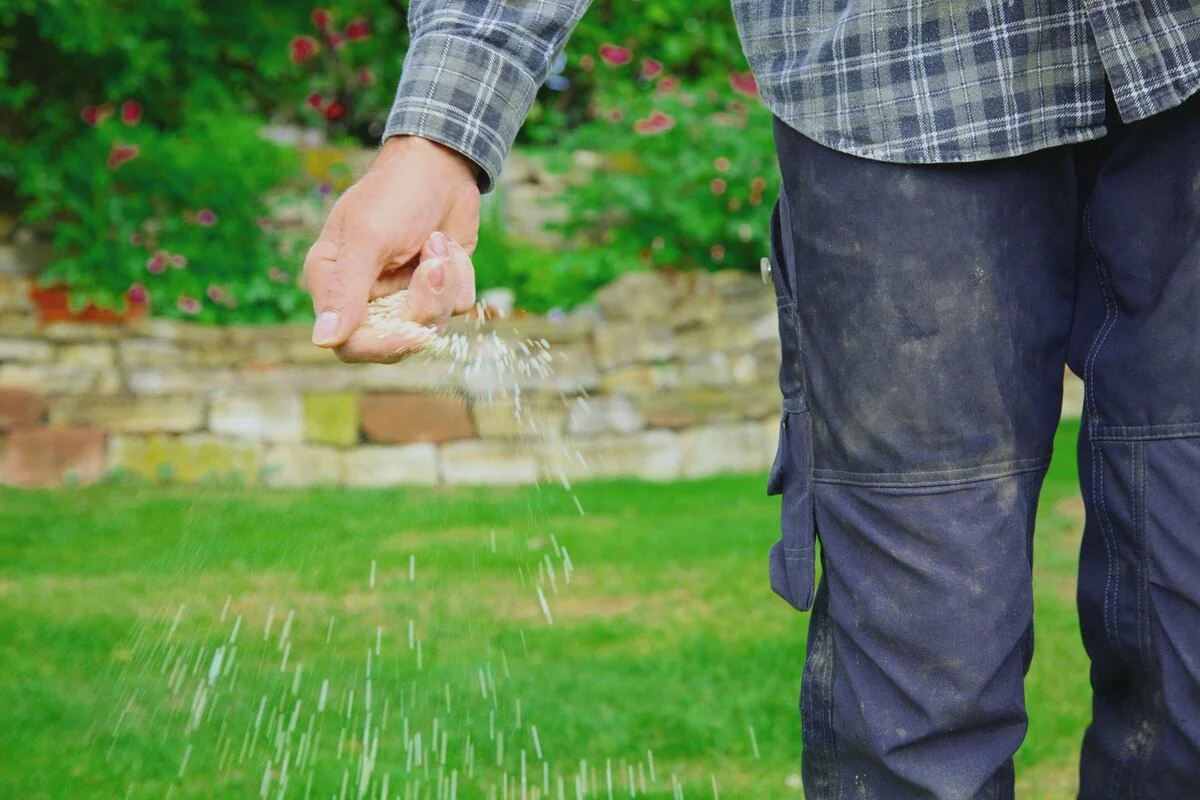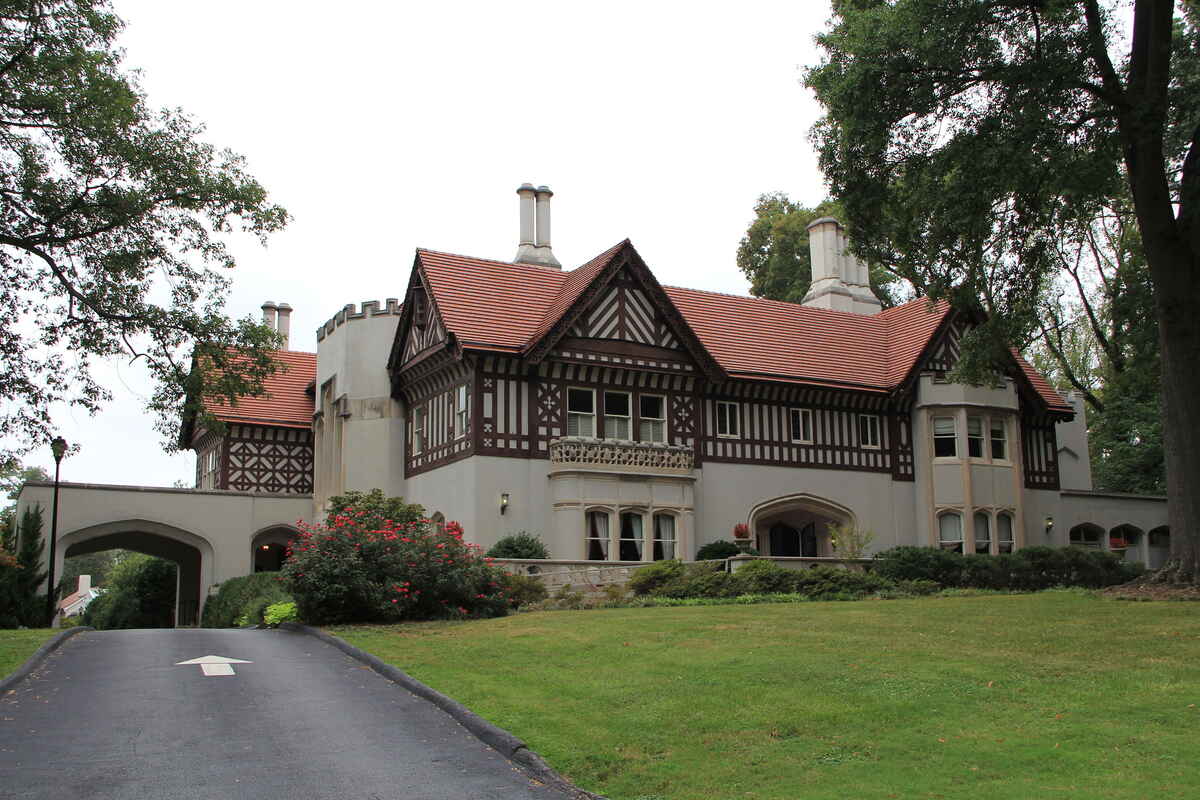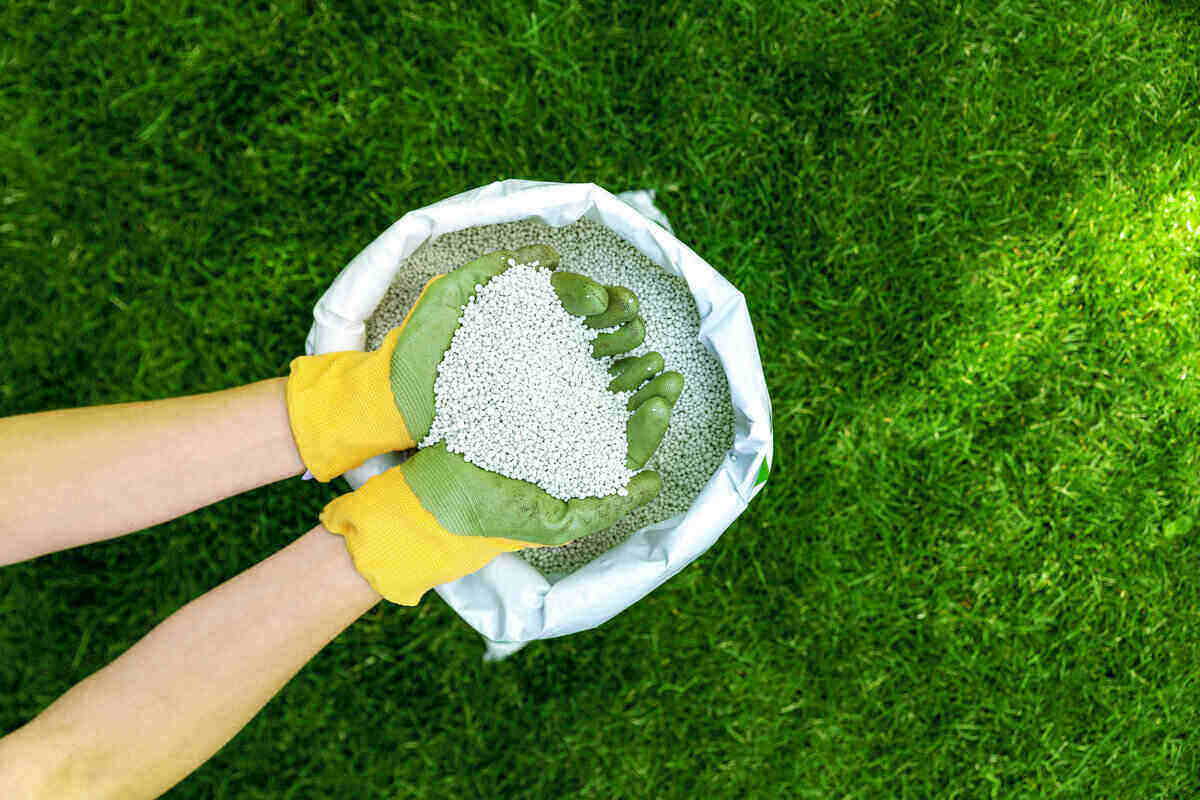
Fall is a beautiful time in Charlotte with temperatures at a pleasant 55-75 degrees. We can get outdoors in the crisp, invigorating air for a kayak or canoe trip down the Catawba River; a round of golf at one of the 50 public golf courses; or a hike or bike ride through the 17,000+ acres of parkland–right after we prepare our lawns for the winter. Americans spend more than $40 billion a year on lawn care. We can reduce our share of that by helping our lawns green-up hale and hardy without expensive and time-consuming lawn rehabilitation in the spring.
For any newcomers to Charlotte who scoff at the idea of it being considered winter, there has not been a winter without snow for 139 years. Sure, the average annual snowfall is 4 inches, compared to the national average of 26 inches, but it does snow and our lawns need to be protected. And granted, temperatures have only dipped below zero five times in those 139 years, but it happened last in 1985 and could happen again.
Be kind to your lawn with these fall lawn care measures that are not terribly strenuous nor expensive.
1. Water and mow
You want to water just like you do in the summer, only less frequently. Lawns need about one inch of water a week. Too little results in shallow roots and too much and it will be beset with rot or disease.
Gradually lower your mower blade throughout the fall. For the final mow of the season, have the blade at its lowest setting. Even though grass growth has slowed down, the grass still needs sun, and grass that is too long in the winter becomes matted, inviting in diseases and providing cozy nesting places for varmints who are going to tear up the lawn.
2. Rake
Leaves can make yard clean up frustrating, you rake and turn around and your lawn is covered with leaves again. Try appreciating it as one more chance to be outdoors in the Charlotte autumn or counting it as exercise. How about a way of gathering more material for our compost bins? Whatever it takes to get us to keep the lawn clear of leaves and other debris. If the leaves stay on the lawn, the tangled, wet mess suffocates the grass and the acidity released by the leaves damages it.
3. Aerate
The wheels of the mower running back and forth, the lawn games, all the traffic that stomps down our lawns all summer compacts the soil, creating a barrier between the grassroots and the water, oxygen, and nutrients that they need to store up for the winter. The grass may look lethargic, but the roots are working and growing feverishly and need all the resources they can get. An aerator (manual or motorized) punches holes into the ground, pulling out plugs of soil, allowing those resources to get to the roots.
4. Patch
Fall is the best time to take care of those bare spots around the lawn. An all-in-one lawn repair mixture makes it easy. Loosen the soil where the bare spot is, spread a thick layer of the mixture over the area, lightly compact it, and water every day for about two weeks.
5. Weed
Don’t be swayed by the weeds that are pretty–you need to get rid of them. Weeds, just like every plant, scarf up resources in the fall to survive the winter, robbing your grassroots of what is rightfully theirs. Besides, the weeds are simply easier to kill in the fall. Boil water and pour on the crowns of the weeds or spray white vinegar onto the leaves for easy, eco-friendly weed killers. Make sure to not let the water or vinegar get onto the grass or let the hot water get onto your skin.
Need help with your lawn? Visit our Charlotte lawn care page for more information!
Main image credit: MarkScottAustinTX / Flickr / CC BY-SA 2.0




